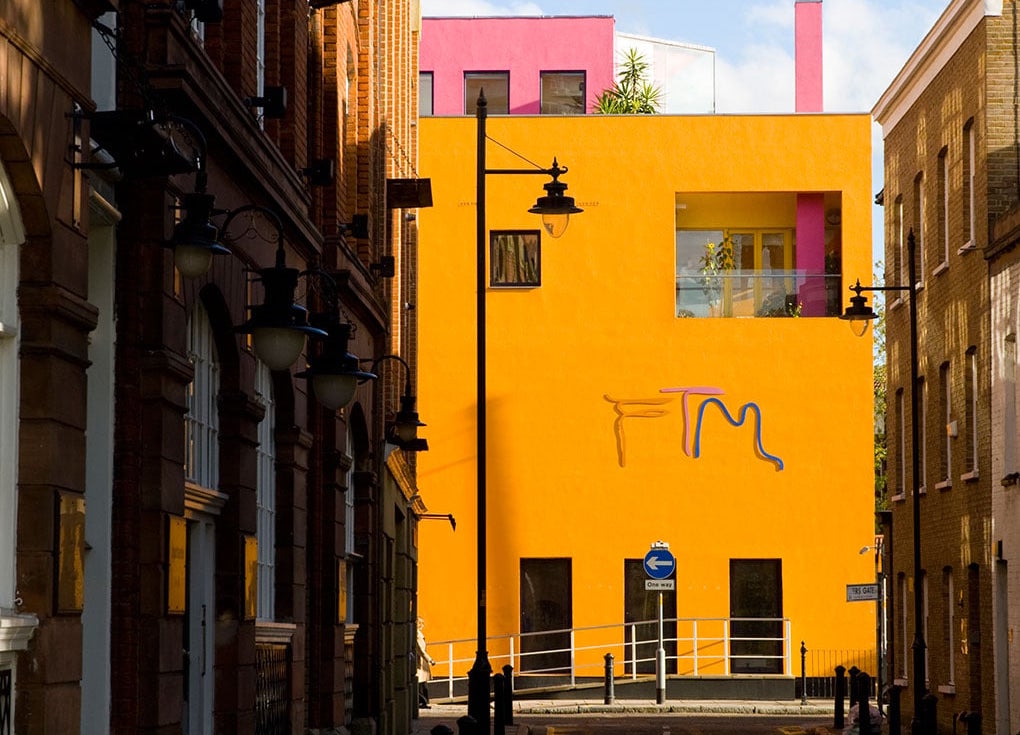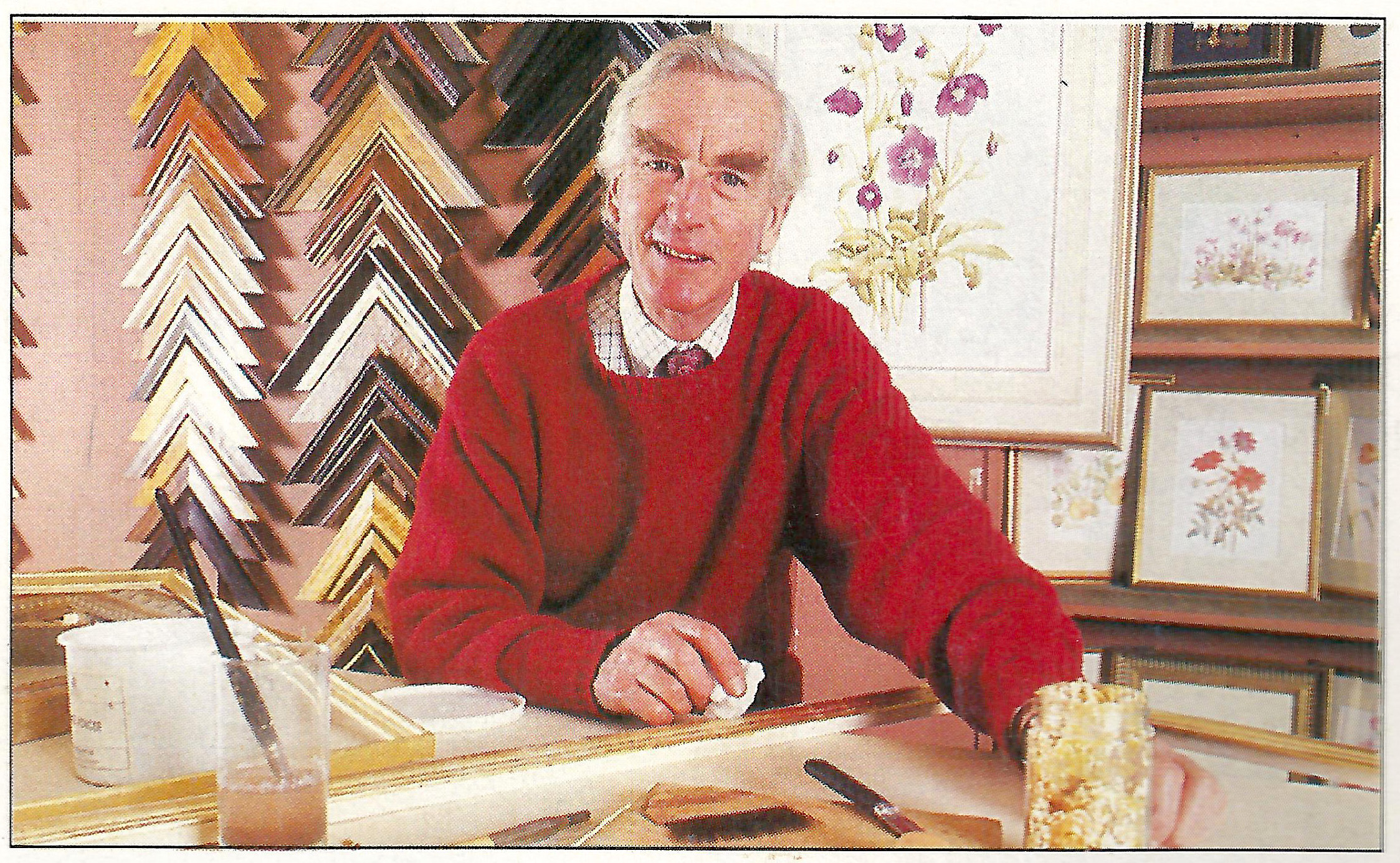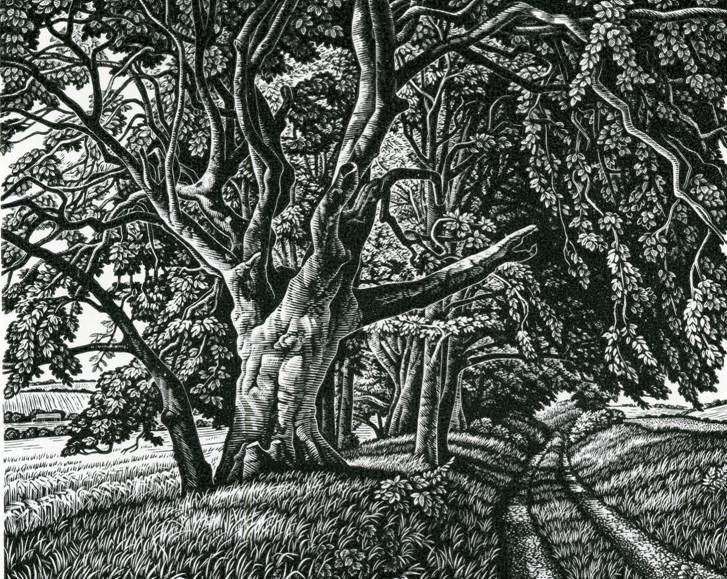Tucked away in a hidden valley, garden writer and author Anna Pavord’s carefully considered patch nestles up to the surrounding Dorset countryside. “I wanted to make a handshake between the garden and the wider landscape.”
Having originally met Pavord at a Wakefield and Northern Tulip Society show, photographer and filmmaker Howard Sooley first visited Sunnyside Farm as it was being laid out some ten years ago and is still charmed by its Through the Looking Glass qualities. “It’s as if there is a series of doors leading you from one room to the next with signs telling you to drink the potion,” notes the director.
Such are the rich textures, punctuated by bursts of colour from the shifting tulip, iris, peony moments, and packed with Pavord’s botanical fixations and experimentations… “Even though there is a lot going on, there’s this incredible sense of calmness – the garden never excludes the landscape, it’s always welcoming,” says Sooley.
Great Gardens: A Writer’s Retreat | Nowness









